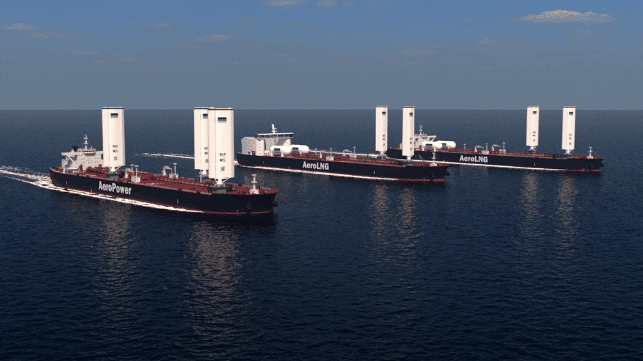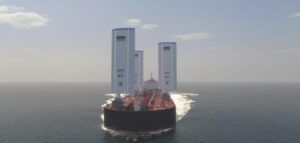Union Maritime and BAR Technologies join forces to lead on wind propulsion technology
Union Maritime: Pioneering Wind Propulsion in the Shipping Industry

Union Maritime is pioneering the global shipping industry’s transition to wind propulsion. By incorporating advanced wind technology throughout its fleet, the company is collaborating with BAR Technologies, which supplies WindWings®, an industry-leading rigid sail technology. WindWings® harnesses wind power to achieve average daily savings of 1.5 metric tons of fuel and 6 metric tons of CO2 per wing on typical global routes. Additionally, Union Maritime is partnering with Norsepower to equip smaller vessels with rotor sails.
A total of 34 newbuild vessels from Union Maritime will feature this wind propulsion technology, including 14 LR2s, 12 chemical tankers, and 8 MRs. This approach offers substantial environmental benefits and significant economic incentives for shipowners and charterers, as well as the broader shipping and trading community, through notably reduced fuel costs.

Importantly, these advancements do not compromise speed, efficiency, or quality of service. Union Maritime is committed to ambitious sustainability goals while upholding the highest standards of operational excellence.
In tandem with deploying this innovative technology, Union Maritime is negotiating a strategic equity investment into BAR Technologies, emphasizing the companies’ long-term commitment and strategic alignment. This process is in its final stages, underscoring Union Maritime’s dedication to environmental stewardship and the pivotal role of WindWing® technology in global shipping. Further announcements are forthcoming.
Wind propulsion is a cornerstone of Union Maritime’s broader environmental initiatives. The company is also integrating dual-fuel LNG engines on up to 8 LR2s, collaborating with BAR Technologies on the transformative AeroBridge® superstructure for enhanced efficiency and crew comfort, and exploring various other technological advancements.
